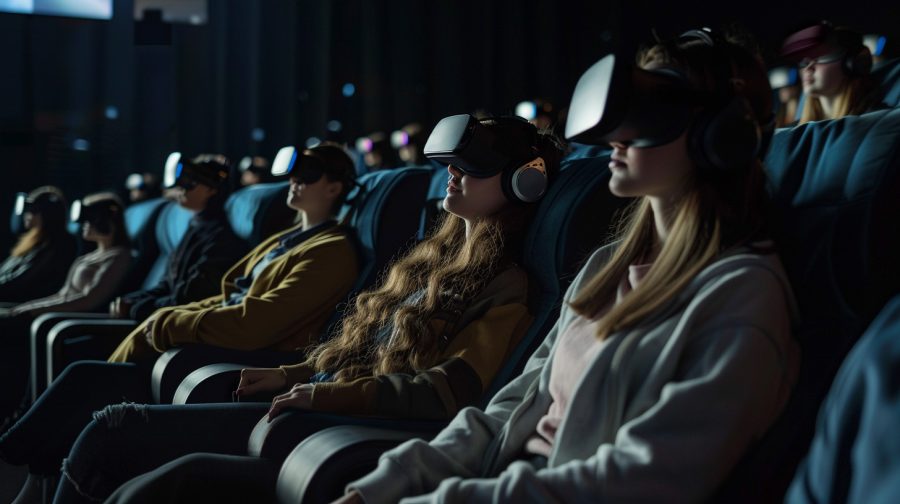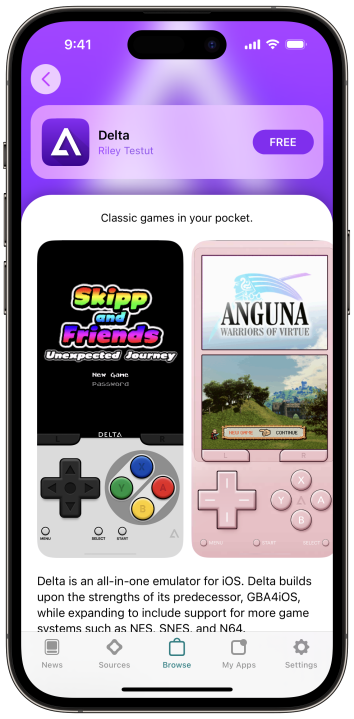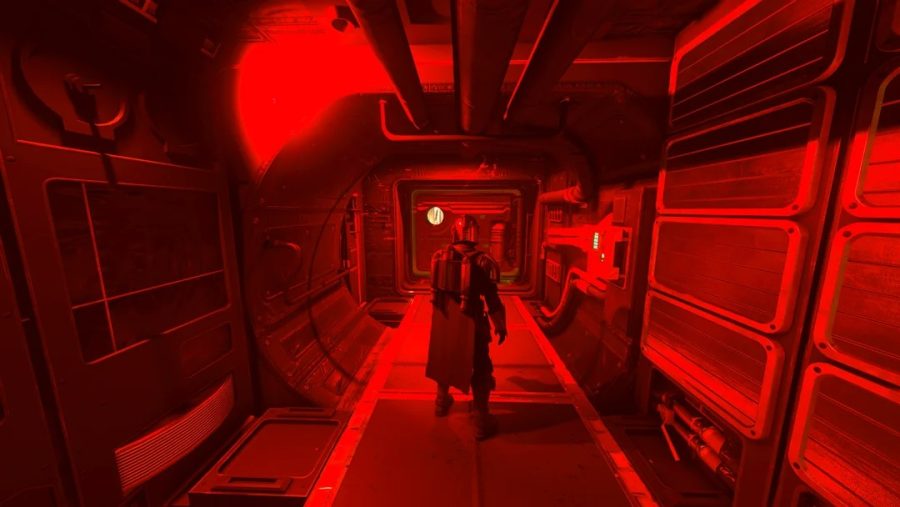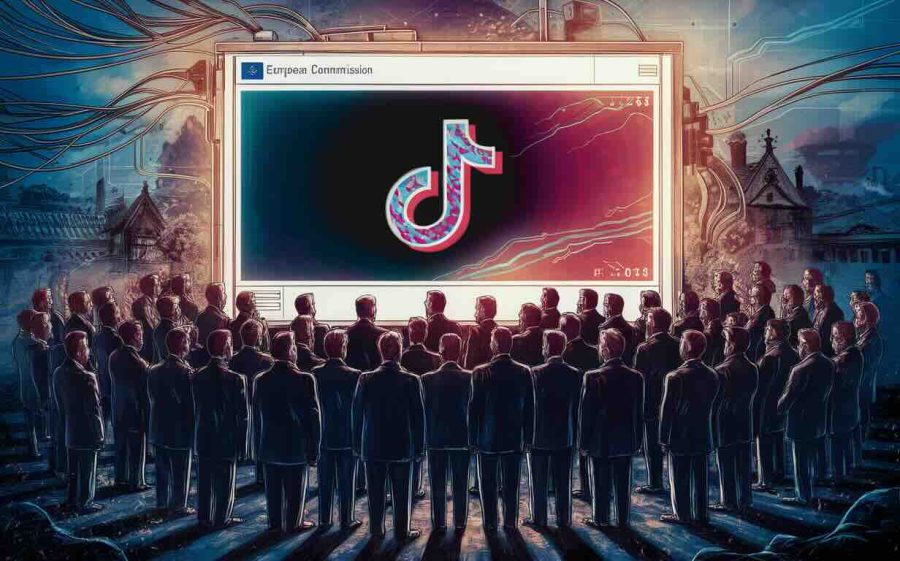Written by Phil Butler
Second Brain is a fascinating startup now in testing and accessible by invitation only. The service is a personal library where people aggregate all their creations, services and favorites – and then share and/or publish them online. Second Brain was founded by Lars G. Teigen who also co-founded Making Waves, one of Norway and Poland’s leading design and technology services. The project completed its prototype and alpha stages back in November 2006 and the private beta was released in early February of this year. Second Brain’s vision is to be the central service for collecting and sharing knowledge in 2008.

The Second Brain site organizes the chaos people feel from utilizing content across a wide variety of services, like YouTube, del.icio.us, Flickr and others. Ultimately Second Brain is trying to fill the niche between people’s need to organize and use data, and the need for services to attract and retain users. Second Brain looks at Web 2.0 and beyond as a network of mostly small independent applications serving the needs of the market. Essentially, they see the Internet as a widely distributed desktop, albeit a huge one.
Collecting and Managing Data
Capturing data from online services using Second Brain is without peer – e.g. adding YouTube as a service to aggregate, sends a user’s favorites nearly instantaneously to the library at Second Brain. Including all existing tags, comments and thumbnails of the videos. They are just links in reality, but now actually manageable and easily identifiable ones. Adding del.icio.us bookmarks was just as fast, and the aggregated links are displayed in the library complete with visible web page thumbnails and existing tags intact. Editing the data is carried out at the external service, while organization and sharing etc. is done from the Second Brain UI. The drag and drop function combined with a pop up editing tool at Second Brain will help people create meaningful groups of data. Below is an illustration of a collection of del.icio.us articles, created via drag-and-drop and showing a collection of various media and the note editor.
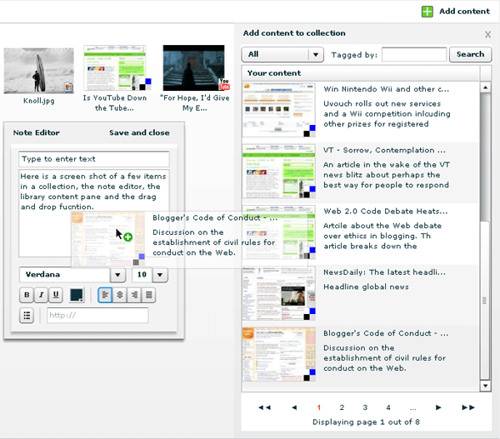
Archiving Data
Archiving data into the library and then into collections is very straightforward. Adding content either individually or via current services (YouTube, Google Docs, Flickr, Picassa, del.icio.us and Blue Dot) is really just a click away. With the addition of more and more services to aggregate, Second Brain will eventually offer users an unparalleled library from across the Internet. The site’s blog currently projects new music and feed services within two weeks. So, Second Brain is adding services and function incrementally in order to methodically test and implement each aspect, via feedback and bug fixes. The Second Brain representations of links provide users with a very useful and easy way of dealing with archived materials.
Search and Organization
The UI contains a “Collection Editor” that allows for detailed tagging and description of data from the various services. This editor will receive a major upgrade soon that will allow users to relate notes, comments and content into a visual mind map. The search aspect of Second Brain is currently dependent on using tags to find data, but the addition of global search is one of the next upgrades. Using free text will allow much greater capability for searching all the online content a user has. Tags will be used to refine these searches for even greater relevance, and users will save time in finding those elusive bits of data currently scattered all over the Web and their PCs.
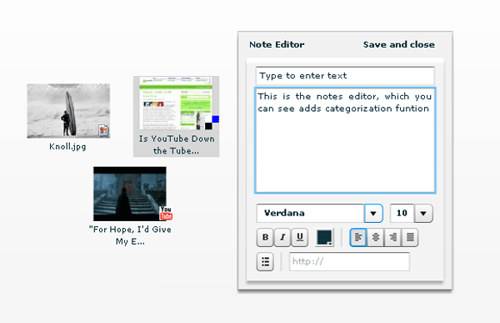
Global search will provide relevance to searches. As you can see above, I made a combination containing image, article link and video – for a potential collection.
Results of a Web 2.0 tag search revealed several articles via del.icio.us, as per below:
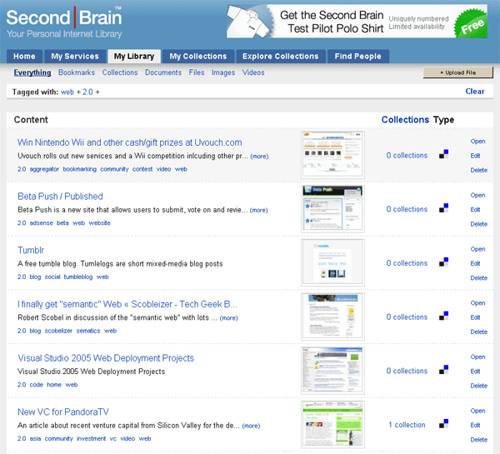
Sharing and Community
Embedding is essential for connecting our experiences on the Web, and Second Brain has approached this by allowing users the same utility on external sites as they have at Second Brain. Users will be able to embed collections on their sites or blogs, but in a much more creative and innovative way. The collections can combine any combination of video, pages, documents or virtually any data in a mashup – to be placed on any site the user chooses. A simplistic example of this is a usable collection of favorite videos. Users at Second Brain can also add other people’s collections, as well as share their own collections publicly or privately. The social aspect of Second Brain has not been fully developed yet, but interaction and feedback from users will certainly add to this dimension. The data aggregation and library management aspects are the priority right now, but according to Lars Teigen new profile enhancements and other additions are on the immediate horizon.
Conclusion
Second Brain provides a win-win solution for users and services, by helping to collect and organize information efficiently. The potential for targeted advertising at Second Brain is evident and if services are smart they will collaborate with Second Brain to effectively “tag team” users with subtle, relevant and targeted advertising. I cannot determine the effectiveness of the global search aspect yet, but a really advanced search mechanism will provide Second Brain users unparalleled power in organizing and manipulating their Internet experience. The biggest advantages of Second Brain are time saving, content retention without loss and the reduction of information chaos for users.
Imagine Second Brain hooked up with Slashdot, Digg, Metafilter, Netscape, MetaCafe and about 100 other services. This collage of user interests cannot only be organized somewhat semantically, but spatially as well. The ability to SEE these link destinations cannot be overstated here. Second Brain could well become a must have service if development continues on its current course.
We all love being enthusiastic about innovation, though we are often disappointed with many startups. Second Brain does something no other site can claim – that is, help other web sites and services while providing value to its own users. Second Brain approaches Grove’s Law from a different angle, by providing innovation that allows users familiarity and comfort, while allowing new technological function. But check it out for yourself and let us know what you think.







